Filter News
Area of Research
- Advanced Manufacturing (3)
- Biological Systems (2)
- Biology and Environment (4)
- Building Technologies (2)
- Clean Energy (49)
- Climate and Environmental Systems (2)
- Computational Biology (1)
- Energy Frontier Research Centers (1)
- Fossil Energy (1)
- Fuel Cycle Science and Technology (1)
- Fusion and Fission (1)
- Fusion Energy (1)
- Isotopes (1)
- Materials (54)
- National Security (4)
- Neutron Science (27)
- Nuclear Science and Technology (14)
- Nuclear Systems Modeling, Simulation and Validation (1)
- Sensors and Controls (2)
- Supercomputing (23)
Date
News Topics
- 3-D Printing/Advanced Manufacturing (13)
- Advanced Reactors (4)
- Artificial Intelligence (21)
- Big Data (7)
- Bioenergy (10)
- Biology (11)
- Biomedical (9)
- Biotechnology (5)
- Buildings (11)
- Chemical Sciences (9)
- Clean Water (4)
- Climate Change (17)
- Composites (6)
- Computer Science (30)
- Critical Materials (4)
- Cybersecurity (3)
- Decarbonization (17)
- Education (1)
- Emergency (1)
- Energy Storage (10)
- Environment (20)
- Exascale Computing (5)
- Fossil Energy (2)
- Frontier (6)
- Fusion (8)
- Grid (8)
- High-Performance Computing (13)
- Isotopes (13)
- ITER (1)
- Machine Learning (8)
- Materials (11)
- Materials Science (21)
- Mathematics (2)
- Mercury (1)
- Microscopy (7)
- Molten Salt (4)
- Nanotechnology (11)
- National Security (13)
- Net Zero (4)
- Neutron Science (17)
- Nuclear Energy (16)
- Partnerships (9)
- Physics (11)
- Polymers (8)
- Quantum Computing (7)
- Quantum Science (12)
- Security (9)
- Simulation (10)
- Space Exploration (5)
- Statistics (2)
- Summit (6)
- Sustainable Energy (13)
- Transportation (16)
Media Contacts

Nuclear physicists are using the nation’s most powerful supercomputer, Titan, at the Oak Ridge Leadership Computing Facility to study particle interactions important to energy production in the Sun and stars and to propel the search for new physics discoveries Direct calculatio...
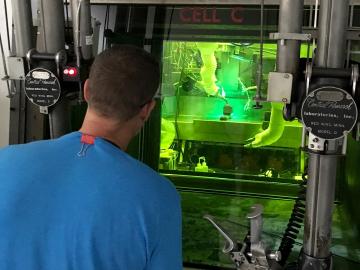
Scientists of the Department of Energy’s Light Water Reactor Sustainability Program (LWRS) and partners from the Electric Power Research Institute (EPRI) have conducted the first weld tests to repair highly irradiated materials at DOE’s Oak Ridge National Laboratory.
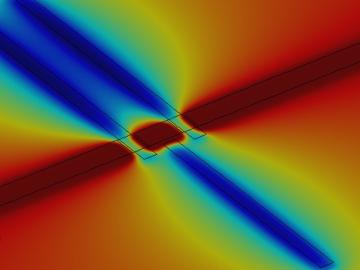

A novel method developed at Oak Ridge National Laboratory creates supertough renewable plastic with improved manufacturability. Working with polylactic acid, a biobased plastic often used in packaging, textiles, biomedical implants and 3D printing, the research team added tiny amo...

A new system being developed at Oak Ridge National Laboratory will help builders and home designers select the best construction materials for long-term moisture durability. “It has become challenging to make informed decisions because of modern building code requirements and new ...
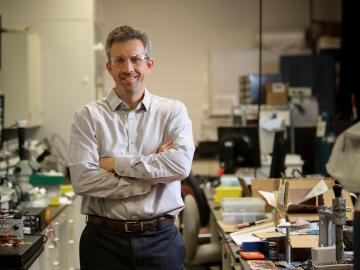
Yarom Polsky’s diverse background in private and public-sector research has given him a knack for recognizing opportunities to advance the state-of-the-art, and he parlays that knowledge into successful innovation as an engineer, group leader, and
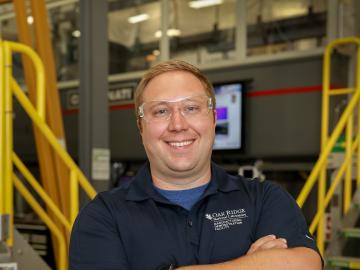
Brian Post came to the Department of Energy's Oak Ridge National Laboratory looking for a way to combine his interests in controls engineering and robotics, and he found it at the Manufacturing Demonstration Facility (MDF), where he and his colleagues are revolutionizing 3D-printi...

At the Department of Energy’s Oak Ridge National Laboratory, Olufemi “Femi” Omitaomu is leveraging Big Data for urban resilience, helping growing cities support future infrastructure and resource needs. A senior research scientist for ORNL’s Computational Sciences and Engineeri...
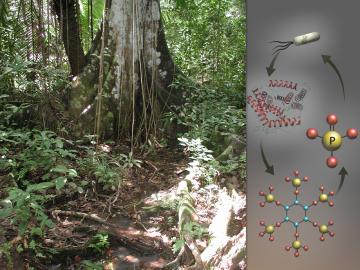

A team of researchers from the Department of Energy’s Oak Ridge National Laboratory has married artificial intelligence and high-performance computing to achieve a peak speed of 20 petaflops in the generation and training of deep learning networks on the




